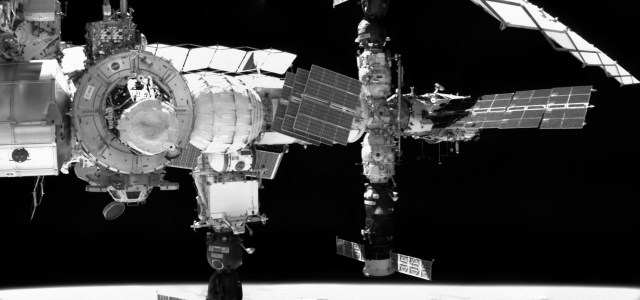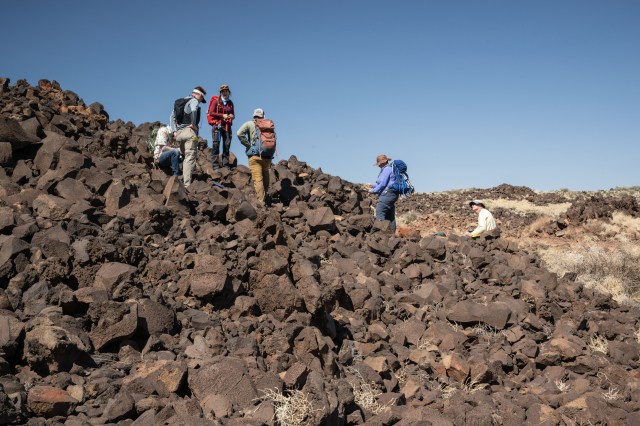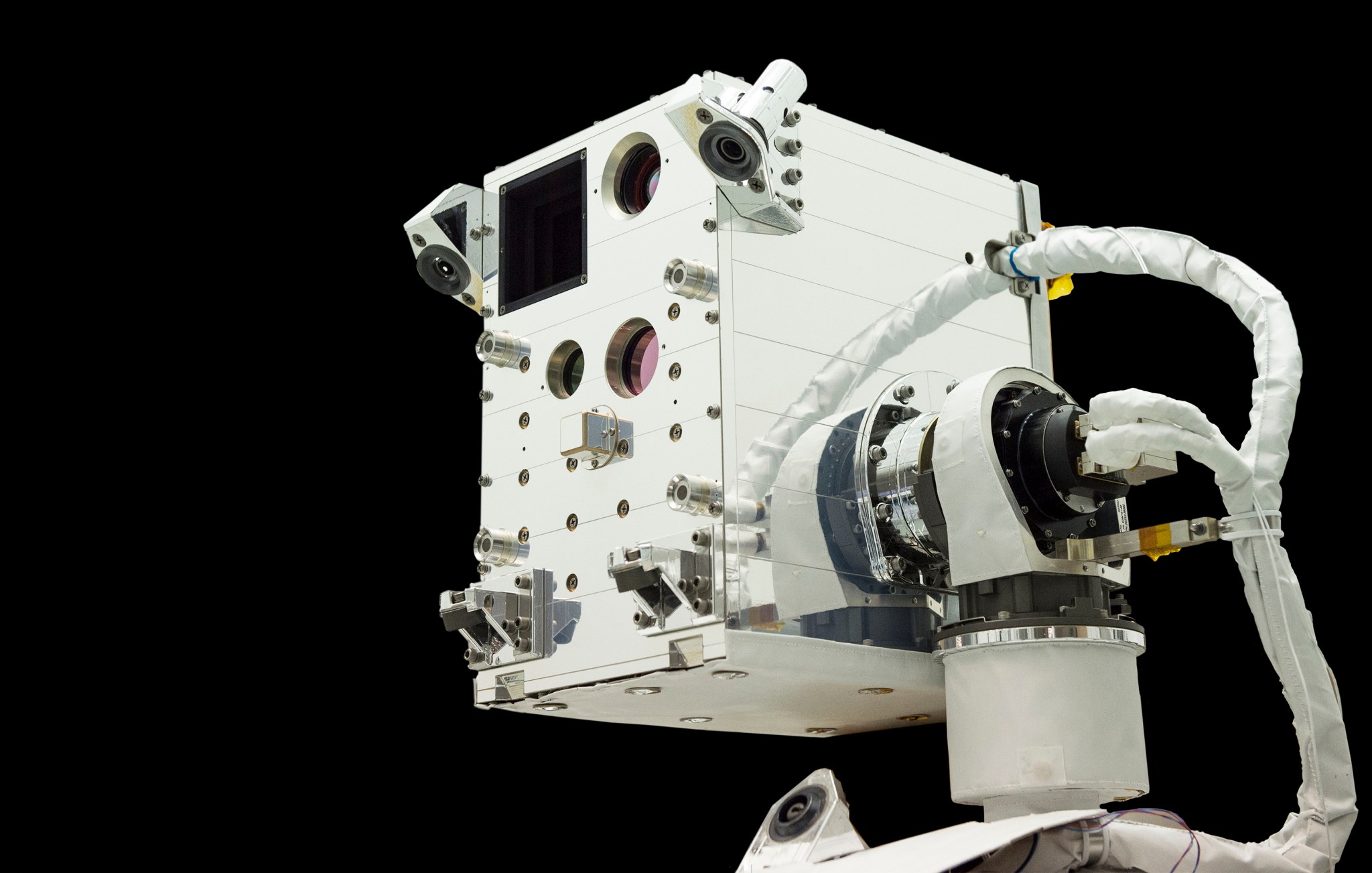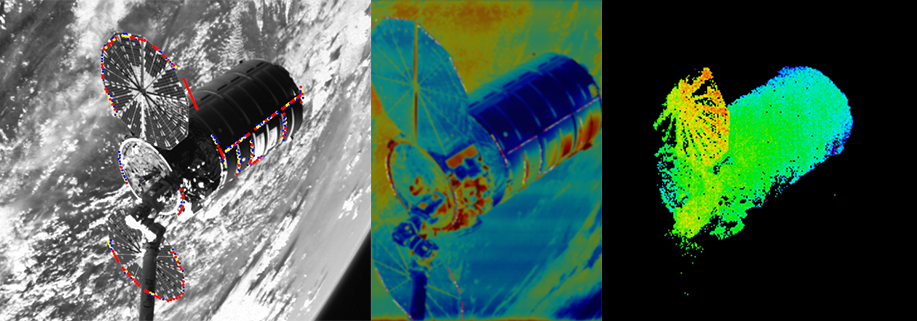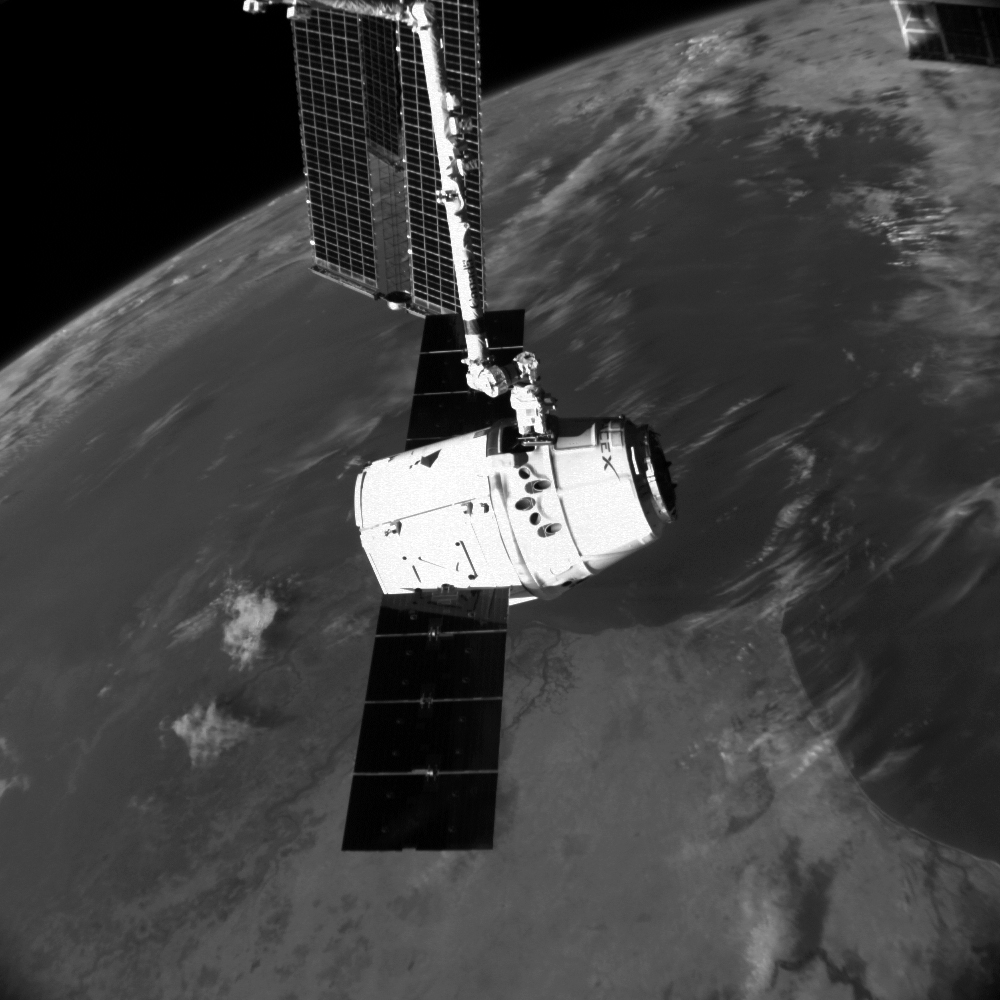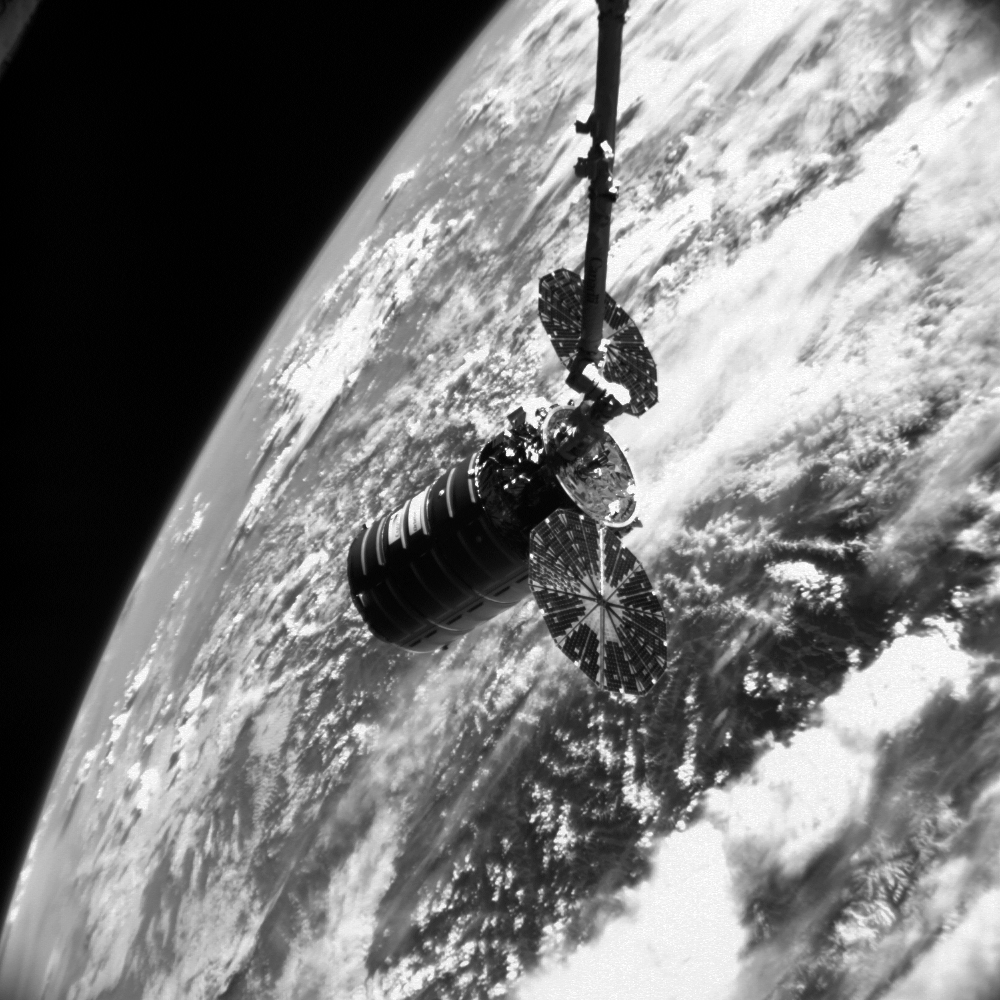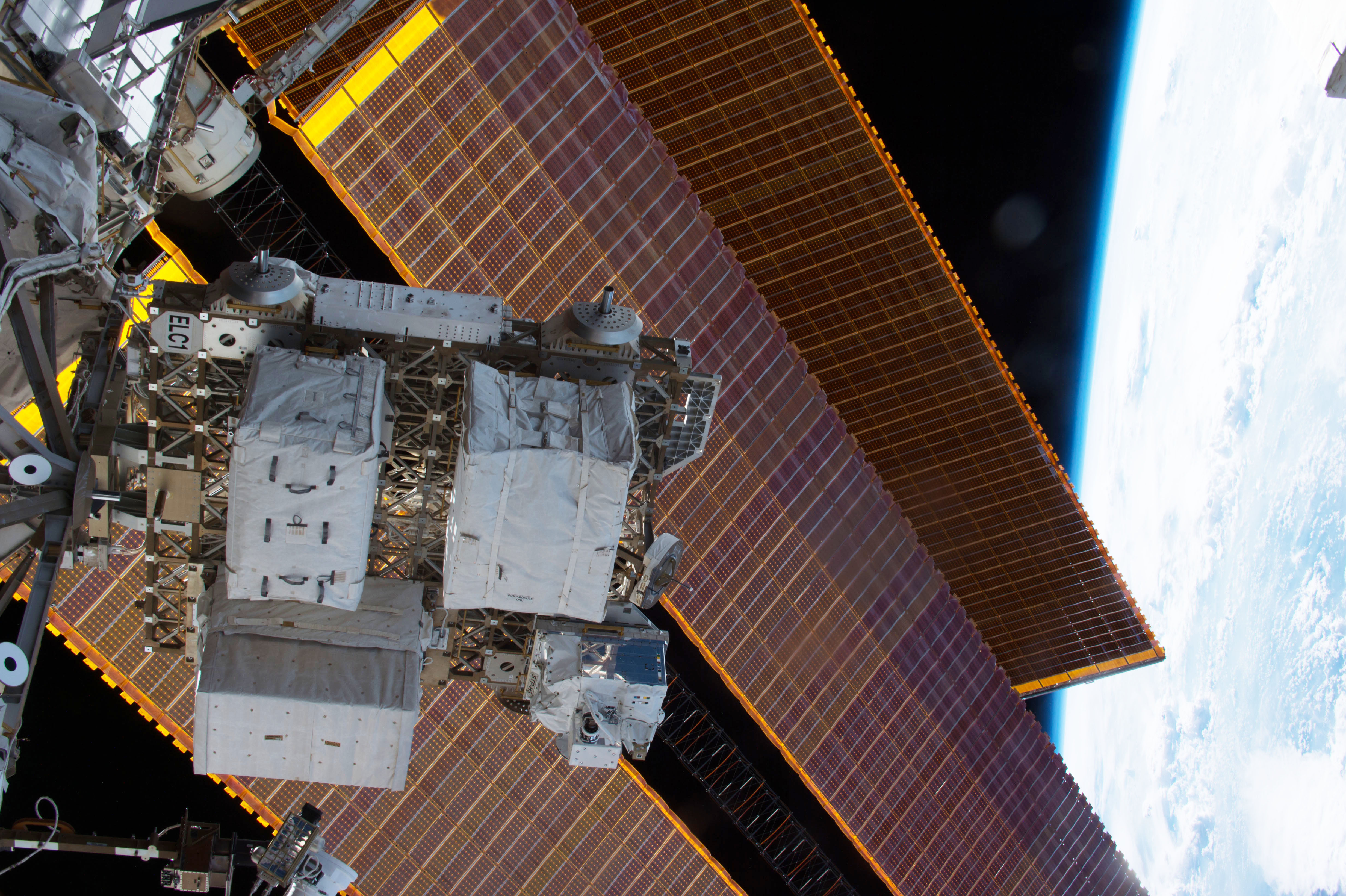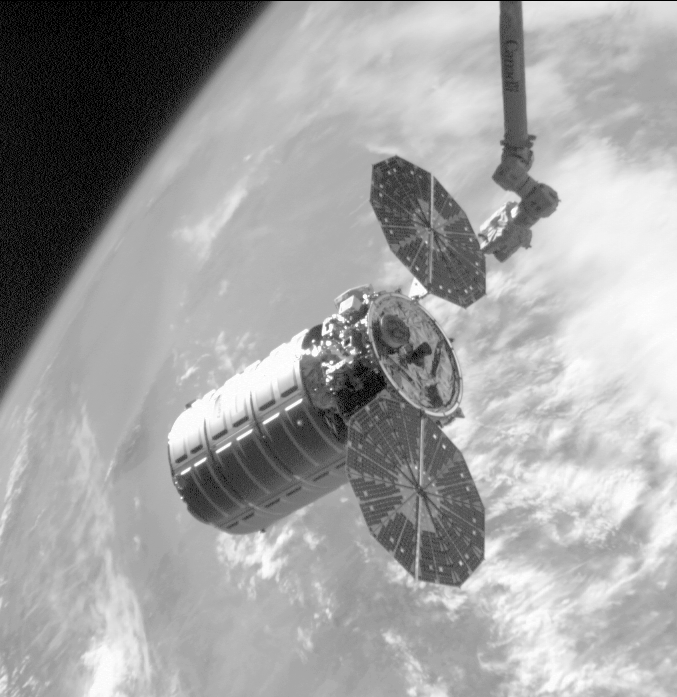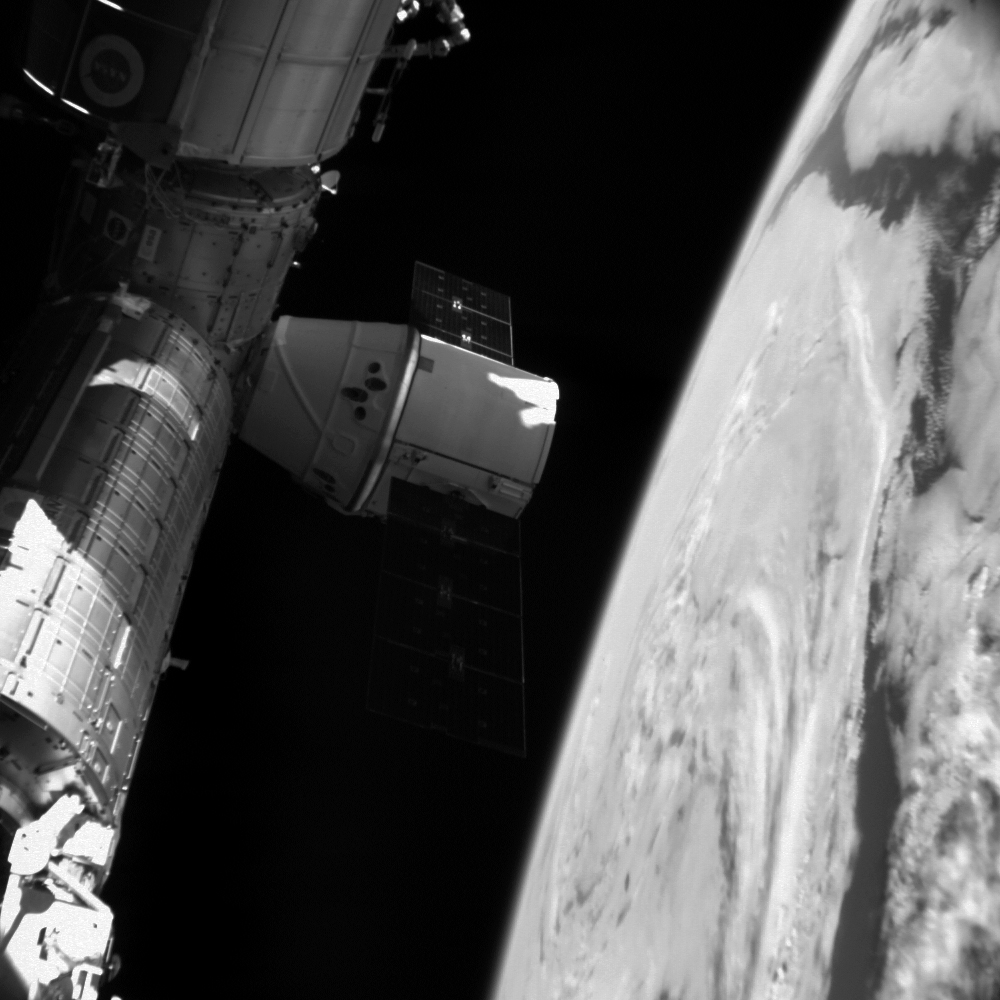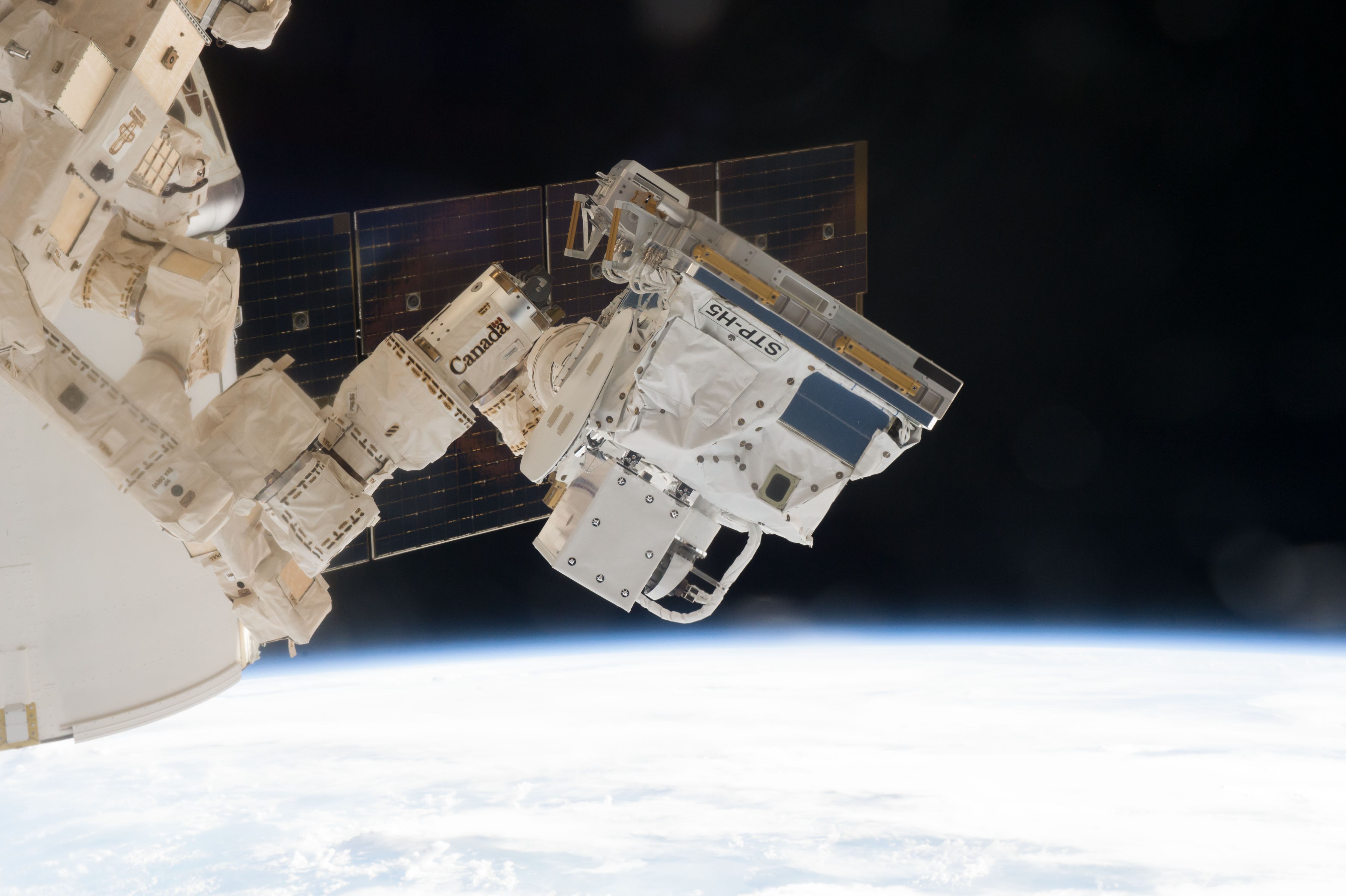Raven is a technology-filled module on the International Space Station that will help NASA test key elements of a new spacecraft autopilot system. Through Raven, NASA will be one step closer to having a relative navigation capability that it can take “off the shelf” and use with minimum modifications for many missions—for decades to come.
Raven is a technology demonstration launched to the International Space Station in 2017.
Imagine one spacecraft chasing another satellite and steadily closing the gap—with each vehicle traveling more than 16,000 miles per hour in the darkness of space.
The satellite that’s being chased, the client, is a multi-ton craft that is running out of fuel.
The chaser satellite, the fully robotic On-orbit Servicing, Assembly, and Manufacturing 1 (OSAM-1) servicer, follows in hot pursuit, carrying life-saving propellant and tools. It is steadily controlled by humans on the ground—for now.
Everything hinges on the servicer’s ability to accurately locate, catch up to, and match its speed with the client satellite.
But such a rendezvous isn’t easy.
The client was not designed to be serviced. It does not have any markings that would make it easy for the servicer to find it and track it. The servicer has to do this on its own, using a machine vision system.
To make the matter more complex, OSAM-1 is far from Earth. There’s a delay getting data down to Earth—and commands back up to space. Humans on the ground cannot command the servicer quickly and accurately enough in the last few feet of the rendezvous to prevent a crash.
This means that OSAM-1 not only needs to perform relative navigation with its client—it needs to do it autonomously (by itself, with no human guidance)—and in real time, as the scenario unfolds.
NASA is developing this type of ground-breaking relative navigation system—not just for OSAM-1, but for missions for decades to come, including the Journey to Mars.
Key parts of the system are being proven on the International Space Station through a test bed called Raven.
Helping NASA test autopilot technologies
What is Raven?
Raven is a technology-filled module on the International Space Station that will help NASA test key elements of a new spacecraft autopilot system. Through Raven, NASA will be one step closer to having a relative navigation capability that it can take “off the shelf” and use with minimum modifications for many missions—for decades to come.
What’s in the box?
Within its silver frame, Raven contains a carefully curated system that includes:
- Sensors: visible, infrared, and lidar
- A high-speed processor, and
- Advanced algorithms.
How it works.
As spacecraft approach the International Space Station, Raven’s components join forces to independently image and track them.
- First, Raven’s sensors feed the data they “see” to a processor, which runs special pose algorithms to gauge the relative distance between Raven and the spacecraft it is tracking.
- Then—based on these calculations—the processor autonomously sends commands that swivel the Raven module on its gimbal to keep the sensors trained on the vehicle—and continue tracking it.
- While these maneuvers are taking place, NASA operators on the ground are evaluating how Raven’s technologies are working together as a system, and making adjustments to increase Raven’s tracking performance.
NASA’s Hybrid Computer Enables Raven’s Autonomous Rendezvous Capability
A hybrid computing system developed at NASA’s Goddard Space Flight Center in Greenbelt, Maryland, is the enabling technology behind an…
Read the Story